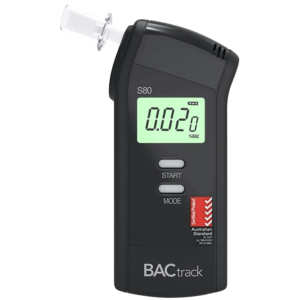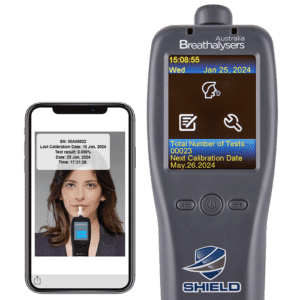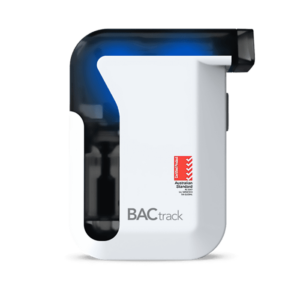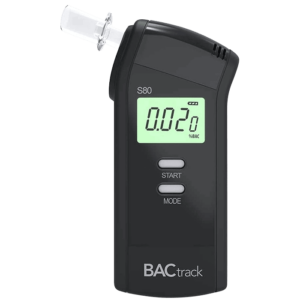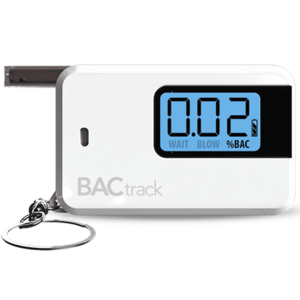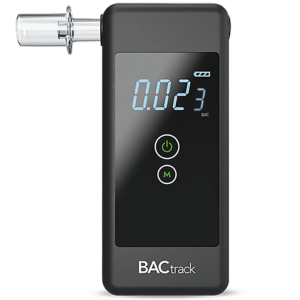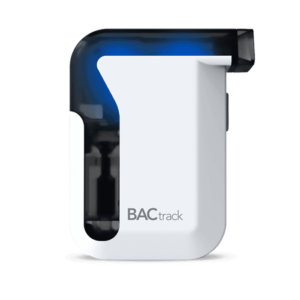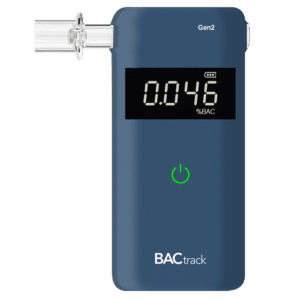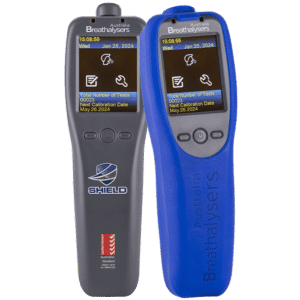Alcohol and Drug Testing Services: Understanding Its Importance in the Workplace
08 February, 2024

Drug and alcohol abuse can have detrimental effects on both individuals and organisations. Hence, alcohol and drug testing services are crucial for identifying impaired individuals and preventing them from causing incidents. This is why companies include them when implementing a workplace policy on alcohol and drugs. Moreover, testing serves as an effective deterrent to substance misuse, which is crucial for creating an alcohol and drug-free workplace. Overall, testing provides several benefits, especially for businesses in high-risk industries.
Companies may use several testing methods to screen for substance misuse. This includes hair, blood, urine, breath, and saliva tests. However, they must contact reliable service providers that can provide accurate results. The selected provider should have accreditation and certifications to ensure they are qualified to provide high-quality services. This article will present information on the importance of testing, the types, and the factors to consider when availing of testing services.
Importance of Alcohol and Drug Testing Services in the Workplace
Alcohol and drug testing services play a crucial role in creating safer workplaces. This is because of several reasons. Firstly, they help identify workers with substance use disorders in various scenarios. This can help provide intervention and reduce the risks of accidents due to impairment from alcohol and the common drugs of abuse.
Secondly, implementing alcohol and drug screening as part of the workplace policy deters employees from misusing substances. This is particularly effective if the company includes random and pre-employment testing. After all, with random drug testing, employees cannot simply abstain for a few days to ensure they pass.
Thirdly, testing emphasises the commitment to maintaining a culture of safety. This can help improve morale and increase productivity. It also supports the company in protecting its reputation, which can help attract customers and top talent. Lastly, testing helps mitigate legal risks. It can also aid in ensuring that the company fulfils its legal obligations. Overall, it can help save costs from legal battles and insurance premiums.
Reasons to Conduct the Testing
- Pre-employment testing: helps ensure potential employees for safety-sensitive positions do not have substance use issues. It is usually a requirement during the job evaluation process in high-risk industries.
- Random testing: an unannounced screening conducted on randomly selected employees.
- Reasonable suspicion screening: occurs if a worker is showing symptoms of alcohol or drug abuse. It may include erratic behaviour, slurred speech, and chemical odours.
- Post-incident testing: generally used to acquire evidence regarding the cause of the incident. It may also be done after a near-miss of an accident.
- Blanket testing: involves having all employees on the site or company premises undergo screening.
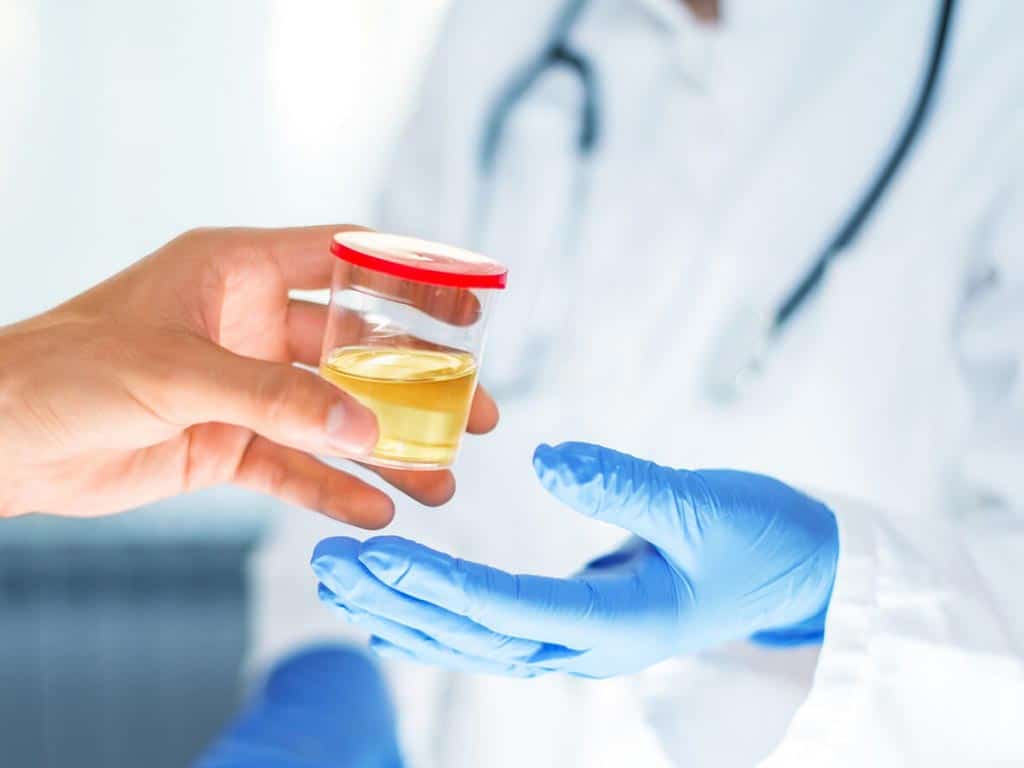
Types of Alcohol and Drug Testing Services
There are several types of alcohol and drug testing services available to individuals and organisations. Urine testing is the standard for conducting workplace drug and alcohol tests. This is because it can detect a wide range of substances in urine samples for days to weeks. This is a cost-effective option because kits are also available for quick tests.
Another method is oral fluid testing. Many organisations use this for onsite screening because of its non-invasive and simple collection process. Moreover, it is ideal for tracing recent use due to its shorter detection window. Meanwhile, for tracing and measuring recent alcohol consumption, many conduct breath alcohol testing. This is usually done using alcohol breath test devices called breathalysers. It can measure Blood Alcohol Concentration (BAC) levels for up to 24 hours.
Furthermore, blood tests directly trace substances in the bloodstream using blood samples. However, this is less common due to its invasive collection procedure and costs. Lastly, hair follicle testing is ideal in cases wherein a history of substance use is needed. It has a detection period of 90 days.
What Can It Detect?
Testing can detect various substances within the samples. This depends on the panels used for analysis. Some of the commonly tested substances are ethanol, amphetamines, cocaine, marijuana, benzodiazepines, and opioids. They may also add barbiturates and phencyclidine. These are all substances that can cause dependency and other health issues. Hence, detection is crucial for providing intervention and ensuring safety.
When testing, it is crucial to check the panels available on the alcohol or drug test kits before use. Furthermore, laboratories can also provide a quantitative analysis using advanced equipment and techniques. Gas Chromatography-Mass Spectrometry (GC-MS) is the gold standard for confirmatory testing.
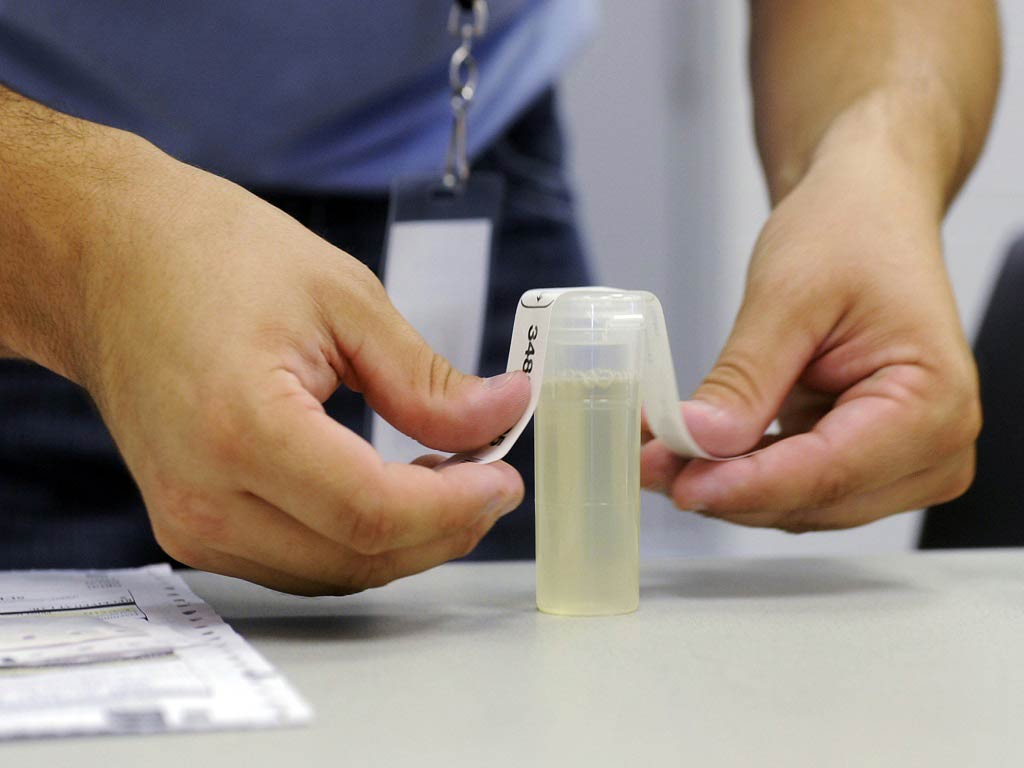
Factors to Consider When Availing an Alcohol and Drug Testing Services
There are several factors to consider when availing alcohol and drug testing services. Firstly, the person or organisation must ensure the testing service provider is reputable and accredited. They should have the necessary accreditation and certification to ensure they follow up-to-date protocols for testing. Individuals may check the quality of the services by looking for online reviews of the company.
Secondly, they must consider the overall cost of the services. Ideally, the provider should offer affordable and quality services. Hence, organisations must look for cost-effective services that suit their needs and preferences best. They should also provide reasonable turnaround times. In general, the average turnaround time for laboratory testing may take 24 to 48 hours.
Lastly, the testing service must comply with legal and regulatory requirements that apply to screening. This is because these protect the integrity of testing and ensure reliable and accurate results. Moreover, they must ensure the confidentiality and privacy of the results to protect the rights of the employee.
Cost Considerations
Several factors contribute to the overall cost of testing in the workplace. Firstly, the type of testing method. Some are more expensive due to the differing collection procedures and equipment needed. In general, conducting breath, urine, and saliva tests is cheaper than blood or hair tests.
Moreover, the number of individuals undergoing testing is another consideration. Some services provide packages for screening a set amount of people and charge extra fees for additional ones. Hence, coordinating with the agency is crucial. In addition, opting for onsite testing may also cost additional fees. However, this may balance out by reducing the time away from work.
Conclusion
Alcohol and drug testing services are crucial for ensuring that the negative impacts of drug and alcohol abuse do not influence the company. They help safeguard workplace safety by preventing impaired individuals from occupying safety-sensitive roles. They also mitigate legal risks by reducing accidents. Furthermore, they are effective in deterring substance misuse, which can lead to higher productivity and lower turnover rates. This can also help improve the reputation of the company.
However, there are several considerations to make before selecting a service provider. This includes the types of tests available, the costs of the services, and the accreditations of the provider. Ideally, they should provide the needed test or the organisation, whether they are blood, hair, urine, saliva, or breath tests. They should also provide cost-effective prices and a smooth testing process. Companies should coordinate with the service to ensure the service fulfils their testing needs.



















